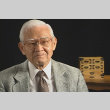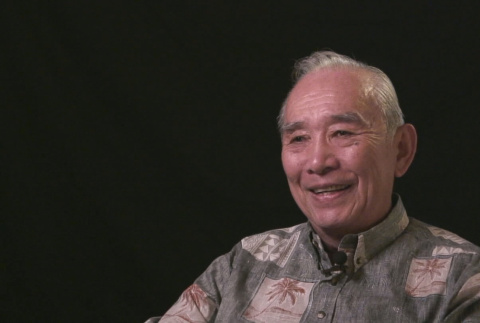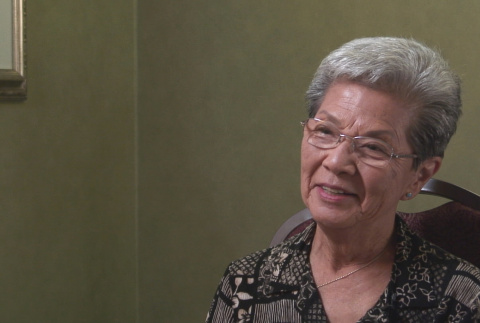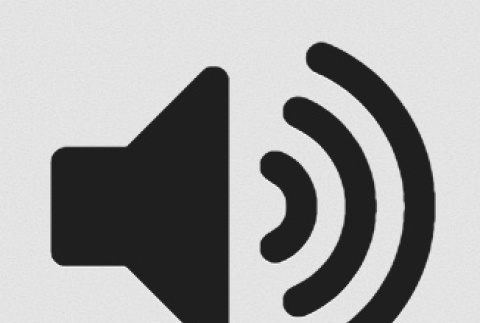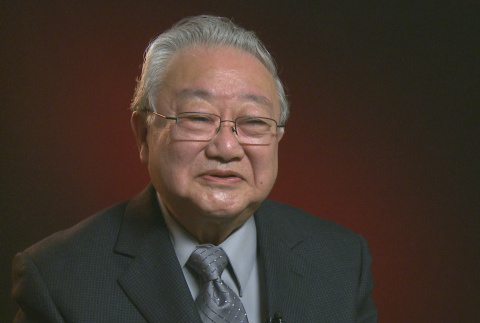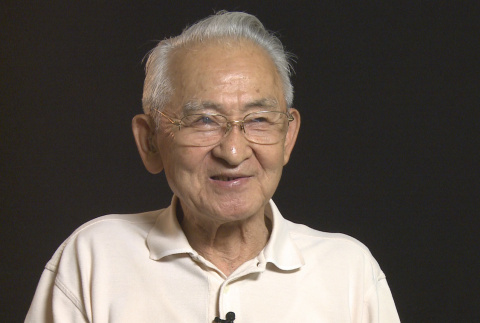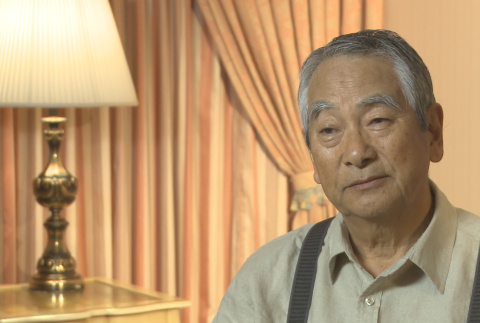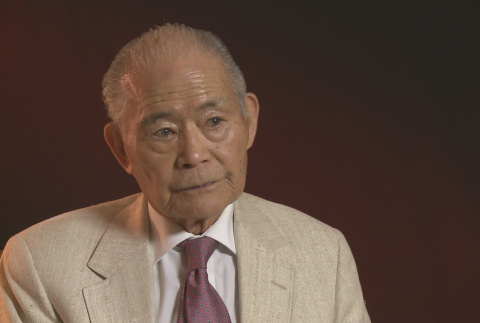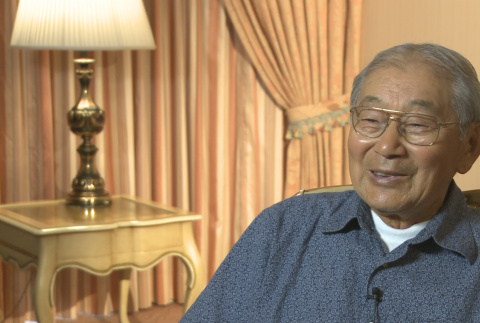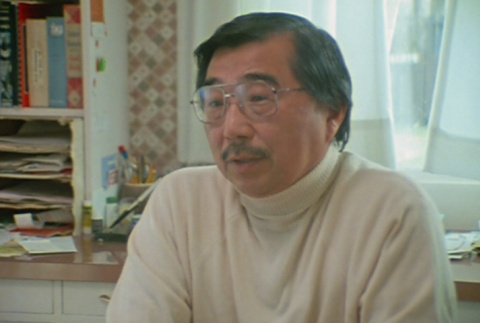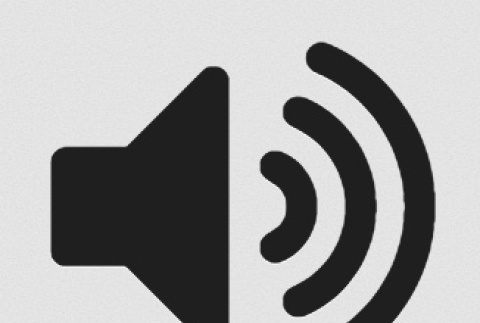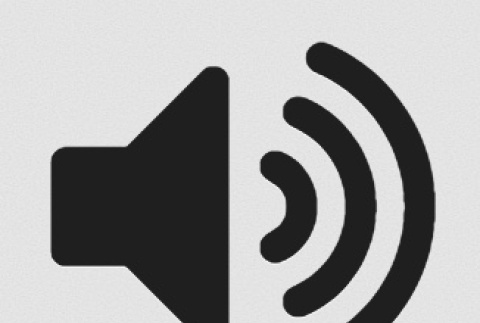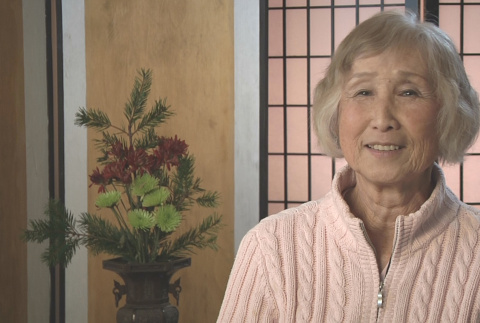Religion and churches
Religion and churches played an important role in the formation and development of West Coast Japanese American communities. While Buddhism is frequently seen as most prominent, Christianity was also influential. Initially focused on helping new male immigrants adjust to life in the United States, churches soon began catering to increasing numbers of families. By the mid-1930s, Japanese Americans' religious affiliations were split fairly evenly between Christianity and Buddhism.
Religion and churches
(259)
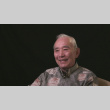
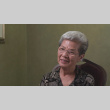
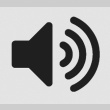
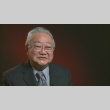



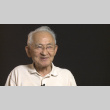
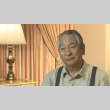
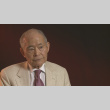


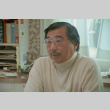
This interview is audio-only. It contains raw footage used by Steven Okazaki in his 1985 film Unfinished Business.
This material is based upon work assisted by a grant from the Department of the Interior, National Park Service. Any opinions, finding, and conclusions or recommendations expressed in this …
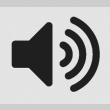


This interview was conducted by the Japanese American Museum of San Jose, and is part of a project entitled "Lasting Stories: The Resettlement of San Jose Japantown," a collaborative project between the Japanese American Museum of San Jose and Densho.

This interview was conducted by the Japanese American Museum of San Jose, and is part of a project entitled "Lasting Stories: The Resettlement of San Jose Japantown," a collaborative project between the Japanese American Museum of San Jose and Densho.

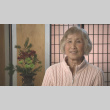
This material is based upon work assisted by a grant from the Department of the Interior, National Park Service. Any opinions, finding, and conclusions or recommendations expressed in this material are those of the author(s) and do not necessarily reflect the views of the Department of …
